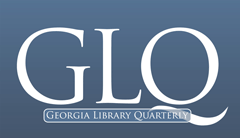Publication Date
10-1-2017
Abstract
Academic libraries have a mission that is intimately connected to the mission of the college or university, and institutional effectiveness is the means by which they measure their success at achieving that mission. Institutional effectiveness is also an essential part of maintaining a university’s regional accreditation and access to Title IV funds. In the Southern region of the United States, the Southern Association of Colleges and Schools Commission on College (SACSCOC) maintains regional accreditation for higher education institutions, and SACSCOC Comprehensive Standard (CS) 3.3.1 specifically addresses institutional effectiveness. To comply with the Southern Association of Colleges and Schools Commission on Colleges (SACSCOC) Comprehensive Standard (CS) 3.3.1, Institutional Effectiveness, an institution “identifies expected outcomes, assesses the extent to which it achieves these outcomes, and provides evidence of improvement based on analysis of the results” (2012a, 27). Because 3.3.1 doesn’t specifically name libraries, its library-related implications may be forgotten, even by librarians themselves. At many institutions, Institutional Effectiveness or Institutional Research departments handle the responses without input from librarians, but this article suggests that input from librarians into 3.3.1.3 benefits both the institution and the libraries themselves. This article targets library administrators and associated stakeholders responsible for general or library-specific assessment.
